The Archie 100: A mammoth exhibition
We recently featured a post about a “mammoth exhibition” which involved transporting two huge steam trains across the Atlantic to mark a particular anniversary (click here).
I recently went to another “mammoth” exhibition, which was just as colossal in its organisation and production, but for completely different reasons!
The exhibition is called The Archie 100: A century of the Archibald Prize. It celebrates 100 years of the Archibald Prize being awarded for the best portrait, preferentially of some man or woman distinguished in arts, letters, science or politics, painted by any artist resident in Australasia.
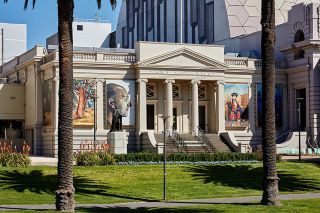
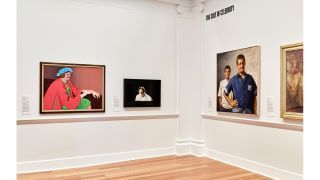
The Archibald Prize was first awarded in 1921 from a bequest of one-tenth of the estate of John Feltman Archibald, who was the founder of the Bulletin magazine in 1880, and died in 1919. He was also a former trustee of the Art Gallery of New South Wales, and wanted to foster portraiture, support artists, and also perpetuate the memory of great Australians who are often the subjects of these paintings.1
He had a fascination with everything associated with French cuture and in fact, changed his first names to Jules Francois to cement that connection.
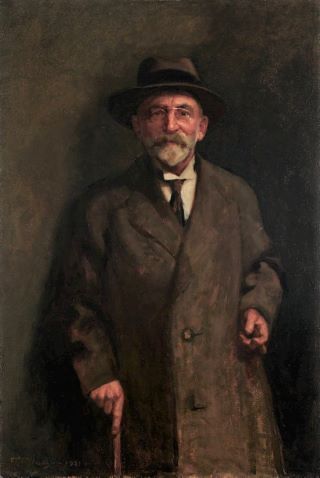
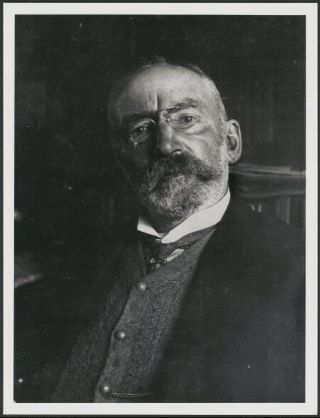
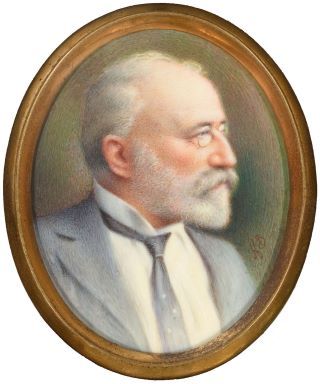
This website of the Art Gallery of New South Wales shows all the past winners and finalists back to 1921 (except for the years of 1964 and 1980 when there was no prize awarded and 1991 and 1992 where the prize was combined).
Here are a few other interesting facts you may not know about the Archibald Prize:
• Under the terms of the bequest, the prize is judged by the Trustees of the Art Gallery of New South Wales.
• One of the rules is that the portrait must be painted from life, with the subject known to the artist, aware of the artist's intention and having at least one live sitting with the artist.
• A further rule stipulates that 'the painting must be painted during the twelve months, preceding the date fixed by the Trustees, who may then exhibit the winning picture in the Gallery for two months after the award.
• The Trustees do not have to award the prize if no painting is deemed worthy of winning the award.
• There have been 61 artists who have won the prize, so there have been a number of artists who have won it more than once.
• Of the 61 artists, 10 have been women, and just one was an Australian First Nations (indigenous) artist.
• One-sixth of the winning portraits have been self-portraits.
• The artists W B McInnes, John Longstaff and William Dargie each won the prize multiple times (for example, William Dargie won 8 times between 1943 and 1956.)
• The prize was an amount of 400 pounds in 1921 and today it is $100,000 (AU).
• Over the 100 years, there have some 32,000 submissions entered into the prize competition.
But to come back to the current The Archie 100 exhibition. After initially being shown in its native state of New South Wales, The Archie 100 is now touring around Australia, being shown at various regional galleries. The first stop (where I saw it) was Geelong, a large regional town about 75 Kilometres south of Melbourne, and co-incidentally, the birthplace of J F Archibald.
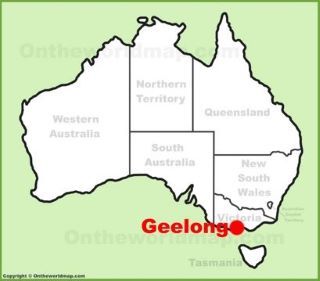
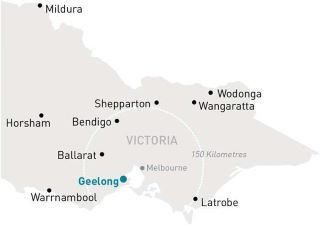
The exhibition is well worth seeing if you live in Australia, and are able to get to the places it is going to be shown, which are listed here.
The exhibition shows approximately 100 paintings, of both winners and other entries, over the past 100 years.
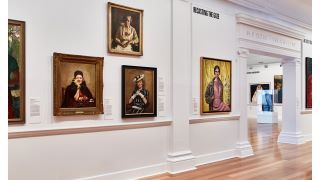
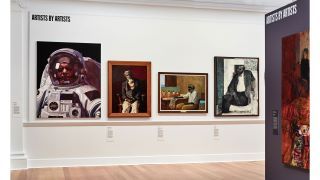
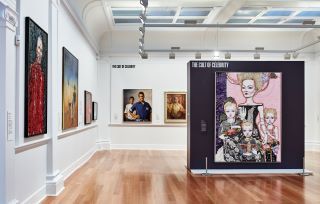
The paintings are not shown in chronological order but instead in very insightful categories, such as ”In Polite Conversation”, “What Lies Beneath”, “Courting Controversy”, and “War and its Aftermath,” just to name a few.
Another “mammoth” aspect of the exhibition was the detailed information that was provided about each artist and their subject, including the times and events happening at the time each was painted. Many of us will be familiar with QR codes these days (Caroline gave us a wonderful post about them here). This system was used to give visitors an orderly, logical way of progressing though the exhibition by providing the information about each painting in a particular category simply by holding up your phone to the QR code! And there appears the information for each artist and painting in the particular category! Isn’t technology just incredible these days! I was very impressed as it is ideal in these covid times! I can only imagine the time that went into researching and compiling the information and organising it to be easily accessible to the audience this way! It is astounding! (Of course, information boards were also presented beside each painting for those who do not have smart phones).

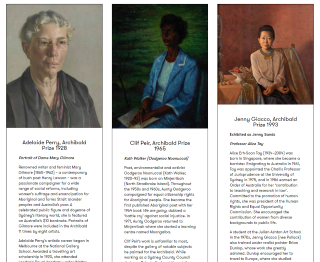
Another “mammoth” aspect of this exhibition is that it is the culmination of three years of work by the event curator, Natalie Wilson and her team to track down paintings that have been in the Archibald since its inception in 1921, to build up the online archive.
More than 6000 portraits have been included in the Archibald to date, most of which will now be in private collections or with family members who may not even know their ancestor had an entry in the Archibald Prize!. Whilst most paintings are listed in the Gallery of NSW’s records of the Archibald Prize, many paintings from the early days of the prize were not photographed, so the information about them is scant.
Natalie and her team contacted hundreds of organisations, such as museums, galleries, libraries, universities, as well as hundreds of individuals – such as collectors, the artist’s families or estates, and even the portrait subjects ! They also called for the public’s help via social media, and radio, television and newspaper interviews!1 All with the aim of trying to find the information to fill the gaps in the published information, particularly before 2003. Today the team can account for almost 1,700 Archibald portraits, and is steadily increasing as their quest becomes more widely known.1
Here is one such story of how the 1933 Archibald Prize winner came to light, ironically also in Geelong!
Lastly, there is also a book about the exhibition, showcasing all the paintings and information – also a “mammoth” production! If you are not able to go to the exhibition, the book would be the next best thing and is available to buy or perhaps may be on loan at your local library......
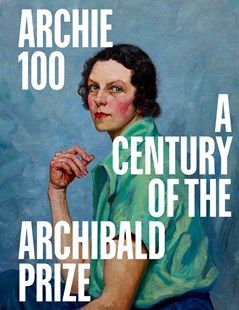
Late Mail from Anne - Editor in Charge AnArt4Life
A very warm welcome to our newest subscriber who is M.H. in Australia. As I look ahead to the week and the posts that are coming up - there is a continuation of our appreciation and love of trees from all around the world, Julie is bring you more of the delightful paintings from the Impressionists, Andrew and I take you to another Art Crime scene and we continue the pub crawl and drop in for a well earned rest.
Footnotes
- From the book “Archie 100: A century of the Archibald Prize”.
